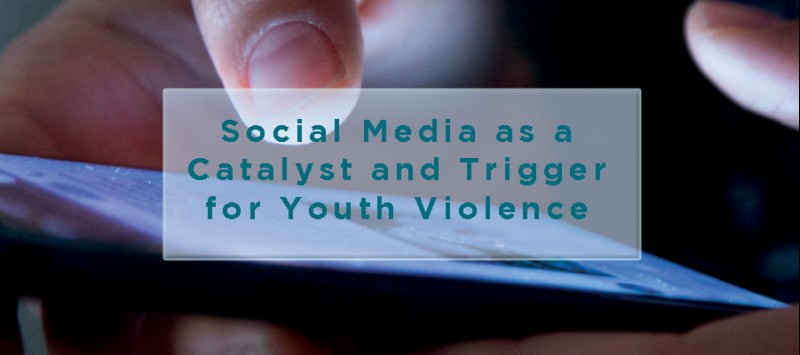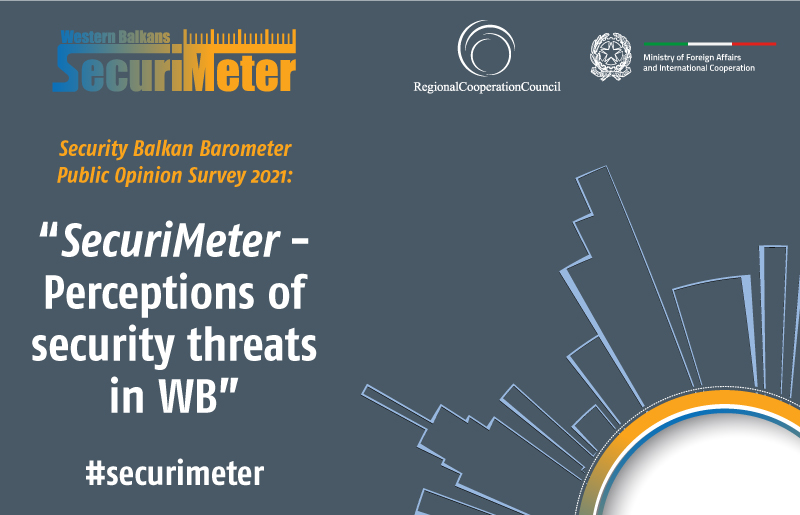- Home/
- News
Social media and youth violence
Social media plays a very central role in the lives of young people in the UK today. While it creates opportunities, this brave new world brings with it some very serious safeguarding challenges for professionals working with young people. Our new Catch22 report, in partnership with University College Birmingham, examines the link between young people’s use of social media and youth violence.
The research
The report is comprised of three main components. First, a six-month period of analysis of the following social media platforms: Twitter, YouTube, Snapchat, Instagram, and Periscope. Second, discussions with key stakeholders, including young people’s advocates, gangs and serious youth violence workers, young people themselves, the police, and managers of local authority gangs teams. And third, an international review of relevant literature.
Key findings
- No holds barred online: Hidden from adults, a virtual free-for-all space has emerged in which a small minority of young people share material that both displays and incites serious incidents of violence in real life.
- Growing audience: Historically incidents of violence, disrespect, and provocation were typically confined to those present, as well as a single location and point in time. Now displays of violence and disrespect are captured via photographs and videos, and spread virally over multiple platforms.
- Violent intent is the exception rather than the norm: The vast majority of young people do not want to live the violent and risky lifestyles that are glamourised across social media.
- Drill music videos: Drill music videos explicitly taunt and provoke young people and groups from rival areas. A clear distinction must be made between the vast majority of music videos that simply provide a raw reflection of the realities of young people’s lives, and a much smaller number of videos that go well beyond this.
- Exposure to ongoing online violence: Young people are exposed daily to social media content that displays or incites serious violence in real life. These include uploads of photos and videos of individuals and groups trespassing into areas associated with rival groups, and serious incidents of theft and violence perpetrated against young people.
- Social pressures: Online material can threaten to undermine young people’s status and reputation, generating social pressures to retaliate in real life. Moreover, when young people witness displays of real life violence involving their friends and family, this can trigger significant levels of anxiety and trauma.
- Vulnerability of young women: Professionals and young people reported examples of girls being attacked by members of rival groups after appearing online. In addition, professionals described cases in which young women who commented on content uploaded to social media were subsequently groomed and pressured into risky activities such as holding and storing weapons or drugs.
- Negative implications for education and employment: Tens of thousands of young people follow the social media accounts of people self identified as “gang members”. This continuous lens into a seemingly lucrative lifestyle can undermine the commitment of some young people to education and legitimate forms of employment.
Current responses
- Inadequate training: Many professionals describe current e-safety training as either non-existent or narrowly focused on online chat rooms and internet forums. Such material is now outdated in an era of smartphone technology and apps.
- Limited supervision: Professionals and young people report that parents and carers typically provide very little oversight of, or engagement with, their children’s use of social media.
- Limited response to online reports: Social media platforms typically advise young people to report content that displays or incites serious incidents of violence directly to the platform provider, or advise young people to contact the police directly.
- Lack of legal and organisational guidance: Whilst international professionals actively use social media to pick up on signs of increased tensions to pre-empt violence, in our focus groups and interviews, UK professionals reported being more cautious.
Recommendations
Overall, professionals, parents and carers currently lack the knowledge and skills to address these social media challenges. Frank and honest conversations, as well as prolonged and collaborative efforts, will be required from a range of stakeholders to effectively tackle this issue.
- All professionals working with young people – for example, teachers, social workers, foster carers, youth workers and the police – should be provided with sufficient, up-to-date training on social media; it should be mandatory for those working with children and young people who are most at-risk.
- Further research should be commissioned on the links between activity on social media and the exploitation of young women.
- Online resources explaining the basics of the main social media platforms – as well as the importance of parents and carers providing oversight of their children’s activity on social media – should be developed, widely shared and updated on a regular basis to keep pace with the evolving social media landscape.
Intervention
- Where appropriate, professionals working with young people should actively use social media (particularly online content that is fully public) to better inform and support their frontline practice.
- In light of the rapid evolution of social media platforms and smartphone technology in recent years, existing legislative guidance regulating the powers of public bodies to monitor online content should be revisited, with careful consideration given to the appropriate balance between respecting people’s rights to privacy and the imperative of safeguarding vulnerable children and young people.
- The Home Office should provide comprehensive guidance on what constitutes appropriate and acceptable use of social media to a full range of stakeholders, which includes the police, teachers, and social workers.
- Voluntary, charitable and social enterprise organisations should provide similar guidance to their frontline practitioners.
Suppression
- All social media providers should provide an easily accessible and simple process for users to report illegal and threatening online content directly to the platform provider, highlighting that this process will be fully anonymous.
- The police should engage with a full range of social media platforms to flag online content that displays or incites serious acts of violence; platform providers should then have a duty to promptly remove such content.
To request the full report, please visit the Catch22 website HERE



 Development of specialized PCVE web site is funded by EU FUNDS CN 2017-386/831 - "IPA II 2016 Regional Action on P/CVE in the Western Balkans"
Development of specialized PCVE web site is funded by EU FUNDS CN 2017-386/831 - "IPA II 2016 Regional Action on P/CVE in the Western Balkans"